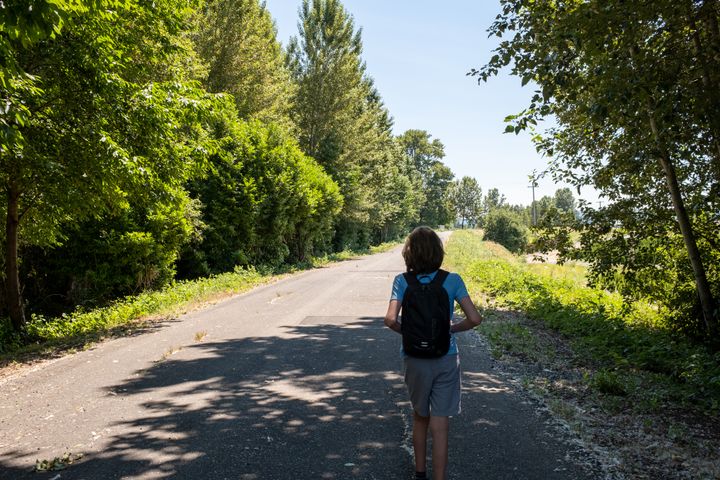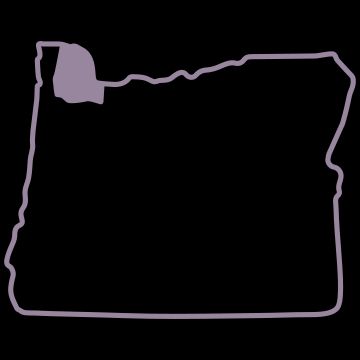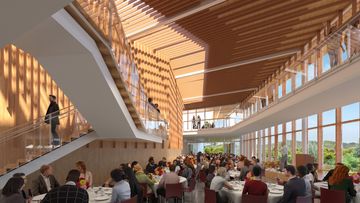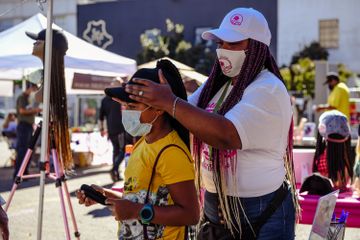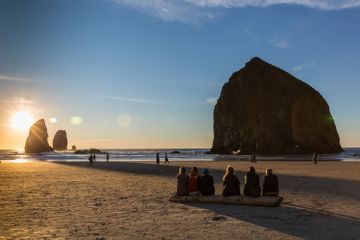The Crown Zellerbach Trail, named for the paper company, converted an old rail line into a logging road during the 1940s and 50s, and climbs 25 miles from the Multnomah Channel of the Columbia River through pastoral settings and dense forests until it arrives in Vernonia and the start of the 22-miles-long Banks-Vernonia Trail.
Building upon prior RCTP funded infrastructure and thousands of hours in volunteer time to assemble private and public right-of-way, The CZ Trail Interpretive Sign Project completed a uniform, branded interpretive signage system for the entire 23-mile CZ Trail. Completed in 2021, the CZ Trail Interpretive Signage Project has helped create both a multi-user accessible trail and a linear history museum.
What started as a rugged logging trail has become a regional destination for hikers, bikers, equestrians, and an enduring monument to the adventurous, never-say-quit spirit of Columbia County. Building on a strong foundation of community and volunteer collaboration, RCTP funding through the Portland Region RDMO was progressively deployed by the Columbia Economic Team (CET) through the Columbia County Tourism Initiative (CCTI). The CZ Trail Interpretive Signage Project in 2020/2021 is now complete, providing value to multiple audiences and users as a comprehensive trail.
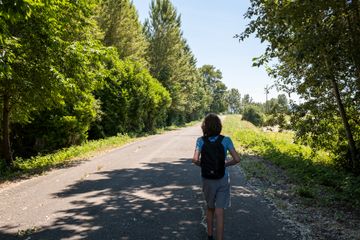
With the recently completed interpretive signage project, the CZ Trail stands as an example of what can be done when distinct stakeholder groups are engaged and committed to the same goal. The completion of the CZ Trail has been two decades in the making.
Because of early and consistent stakeholder involvement, success was defined from the start: Building a world-class, multi-use trail that is an accessible, inclusive outdoor recreation destination for visitors while supporting the economic health of local communities and educating about the diverse, formative history and environment of the region.
With completion of the interpretive signage component, there are 37 wooden kiosks consistent in design and construction. Content is general to the trail for orientation as well as site-specific for individual viewpoints. Maps are consistently interspersed for easy navigation and to sustain trips based on orientation. The sturdy structures are installed using best construction practices. The signage and information plates are fabricated from steel by a local manufacturer, ensuring durability and quality. All geographic and historical content was provided by acknowledged historical experts and curators from the Columbia County Historical Association. The signage design and guidelines were professionally developed to align with other interpretive signage being placed throughout the county currently and well into the future.
Goals
The intended impacts of the CZ Trail are beneficial outdoor recreation, economic development and commerce, a public educated in the developmental history of logging, timber, agriculture and homesteading, and a more engaged and active community of residents and visitors.
Results
We’ve built a multi-use trail that is a regional destination for mobility of all types and levels: cyclists, hikers, walkers, strollers, carts, campers, and equestrians. Together, we have created both a linear park and a linear museum that inspires the community, visitors, and increases accessibility, inclusiveness, safety and economic impact of a growing visitor economy.
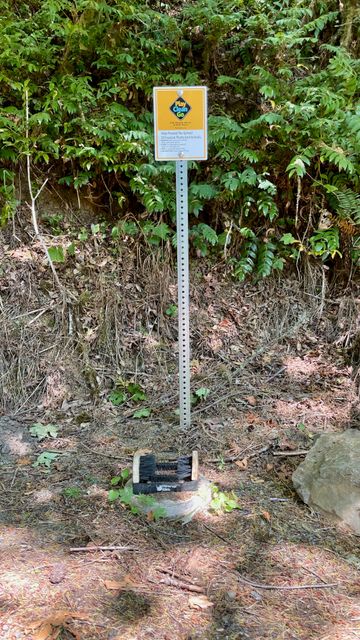
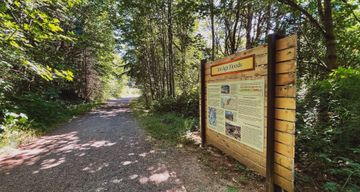
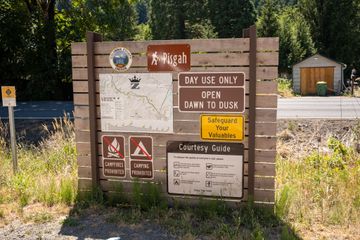
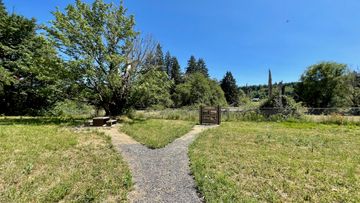
As a wide range of stakeholders are invested and committed to the CZ Trail, the most important kind of “ownership” exists. The trail is stewarded, and protected out of common interest, contributing to an infectious culture of sustained stewardship—essential for sustainable destination development.
The growing economic impact of repeat visitors and consistent users is developing opportunity for local businesses. The continuous, progressive investment in the CZ Trail has led to new community pride and further investment in trail communities.
Trail counters, visitor comment cards and retail/point of sale qualitative and quantitative data collection is planned for the next phase of the project.
